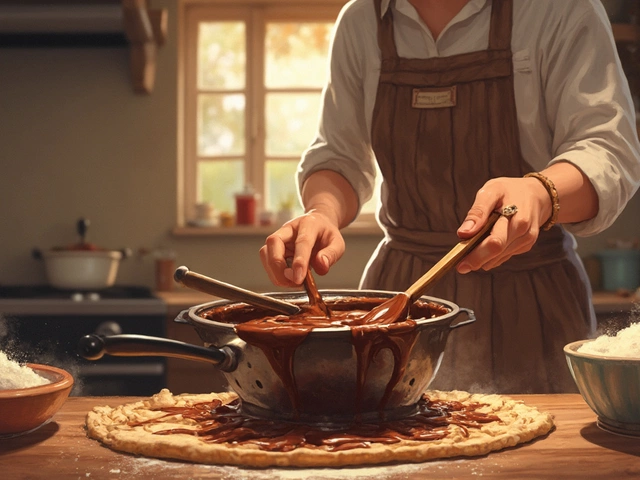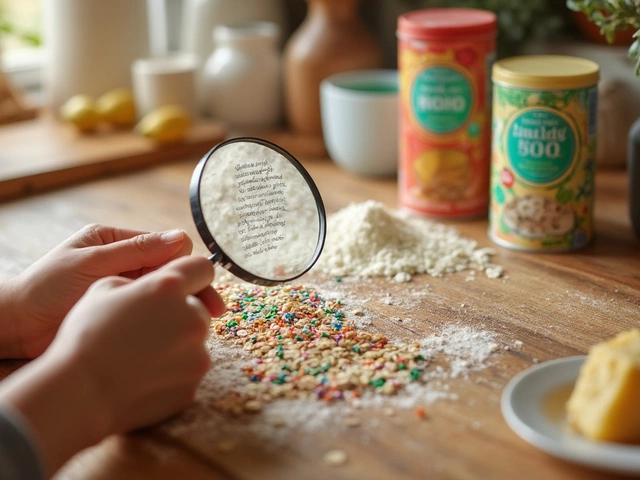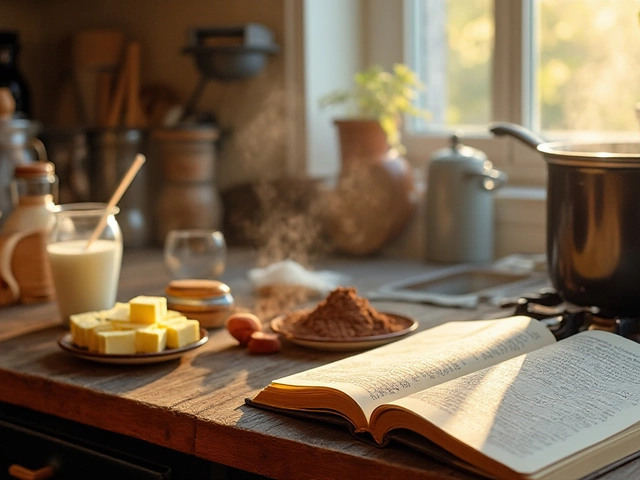Macaron Prices, Savings Tips & Quick Guide – All About French Macarons
If you’ve ever walked past a pâtisserie in Paris and wondered why a single macaron costs a bit more than a coffee, you’re not alone. Macarons are tiny, colorful, and surprisingly pricey, but the cost makes sense when you break down the ingredients, labor, and reputation behind each bite.
In this guide we’ll cover what you can expect to pay for a macaron in France, why the price varies from shop to shop, and how you can still enjoy these treats without breaking the bank. Grab a notebook – you’ll want to remember a few easy tricks.
How Much Do French Macarons Cost?
On average, a classic almond‑based macaron at a well‑known Parisian bakery runs between €1.80 and €3.00 per piece. Premium shops that use organic eggs, rare flavors, or hand‑decorated tops push the price up to €4‑€5 each. If you buy a box of six, expect the total to range from €12 to €30, depending on the brand.
Several factors influence the price:
- Ingredients. High‑quality almond flour, real butter, and natural flavorings cost more than bulk substitutes.
- Labor. The macaron shell requires precise mixing, piping, and resting – a skill that takes years to master.
- Location. Shops in tourist hotspots like the Marais or Saint‑Germain charge a premium for foot traffic.
- Seasonal Flavors. Limited‑edition tastes (e.g., lavender‑honey in spring) often carry a higher price tag.
Super‑market versions are cheaper, usually €0.80‑€1.20 each, but they often skip the delicate texture that makes authentic macarons special.
Smart Ways to Save on Macarons
Don’t let the price stop you. Here are three easy ways to enjoy macarons without overspending:
1. Buy in Bulk. Many bakeries offer a discount when you order a full tray (12‑24 pieces). You’ll pay less per macaron and have plenty for a party or gifting.
2. Visit Less Touristy Neighborhoods. Boutique bakeries in the 19th or 20th arrondissements often match the quality of central shops at lower prices. A short metro ride can save you a few euros per piece.
3. Look for Seasonal Sales. Around holidays, bakeries release limited‑edition boxes at promotional rates. Signing up for a shop’s newsletter or following them on social media alerts you to flash sales.
Another tip: if you’re a frequent macaron lover, order a mixed‑flavor box instead of individual pieces. Mixing flavors in one box often reduces the overall cost while letting you sample more varieties.
Finally, consider making your own at home. The basic recipe uses pantry staples – almond flour, powdered sugar, egg whites – and a few minutes of patience. Even beginner bakers can achieve a decent result, and the cost per macaron drops to just a few cents.
Whether you’re strolling the streets of Paris, browsing a local market, or baking in your kitchen, knowing the price landscape helps you make smarter choices. Next time you spot a macaron display, you’ll have a clear idea of what you’re paying for and how to get the best value.

Why Do Macarons Crack? Simple Reasons and Real Fixes
Cracked macarons can ruin the excitement of baking, but understanding the common causes makes it easier to fix. This article reveals simple, concrete reasons why macarons burst or crack during baking. You’ll find real examples, practical tips, and easy adjustments to help your next batch come out smooth and perfect. If you’re wondering about oven settings, batter tricks, or even tiny mistakes you didn’t notice, you’re in the right place. Everything here is straightforward, to save you time and help you bake with confidence.
View More




